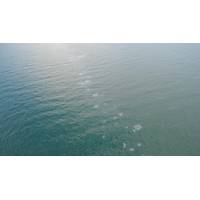
Coast Guard Monitoring Oil Discharge from Scuttled Liberty Ship
Corps of Engineers, U.S. Environmental Protection Agency (EPA) and Okaloosa County’s coastal resource manager.Since receiving initial reports of pollution, the Coast Guard, together with federal, state and local stakeholders, continued to monitor the situation. Earlier this year, the Oil Spill Liability Trust Fund (OSLTF) was utilized by the Coast Guard for further assessment and potential cleanup operations. The OSLTF was established as a funding source to pay appropriate assessment, removal costs and damages resulting from oil spills or substantial threats of oil spills to navigable waters of
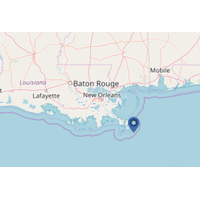
Coast Guard Working to Contain MC20 Leak
operations to contain an oil discharge from the site of the collapsed Mississippi Canyon Block 20 (MC20) offshore platform in the Gulf of Mexico, approximately 11 miles south of the mouth of the Mississippi River.Under the Federal Water Pollution Control Act, the Coast Guard will access the Oil Spill Liability Trust Fund and assume authority for containing and disposing the oil, it said in a press release on Saturday.In November, the Coast Guard contracted a specialized team to conduct a comprehensive site survey, fabricate a containment system, and install it at the source to start collecting the oil
US, ATP-IP Reach Settlement over Unauthorized Oil Discharges
is illegal to discharge oil or hazardous substances into or upon waters of the contiguous zone or in connection with activities under OCSLA in quantities that may be harmful to the environment or public health or welfare. The penalty paid for these violations will be deposited in the federal Oil Spill Liability Trust Fund managed by the National Pollution Fund Center. The Oil Spill Liability Trust Fund is used to pay for federal response activities and to compensate for damages when there is a discharge or substantial threat of discharge of oil or hazardous substances. Although ATP-IP took the Innovator
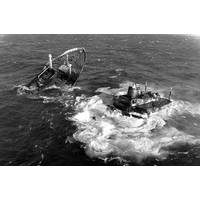
Disasters at Sea & Their Impact on Shipping Regulation
rule that would affect global shipping. OPA created a comprehensive program to address prevention, response, liability and compensation for oil pollution incidents within U.S. waters. It set requirements for construction (double hulls), crew licensing and manning, created the national Oil Spill Liability Trust Fund (up to $1B per spill incident), mandated contingency planning and the development of disaster response plans from tankers, ties driving records with mariner licenses and mandated post-casualty drug and alcohol tests. It also decreed that all tankers entering U.S. water after a certain
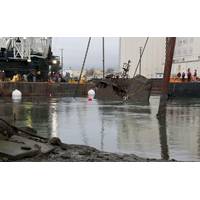
Oil Cleanup Continues in Oakland Estuary
conducted in 1998. The Respect was then vandalized in 2007 and sank with an unknown oil potential. Based on the information at hand and the unknown amount of oil, it was determined by the Federal On-Scene Coordinator that Respect posed a substantial threat to the environment. The Oil Spill Liability Trust Fund was utilized to contain and remove all oily product aboard the tug in order to mitigate impact to the public health and welfare. "This case underscores two facts," said Coast Guard Capt. Greg Stump, commanding officer of Sector San Francisco and Captain of the Port of San
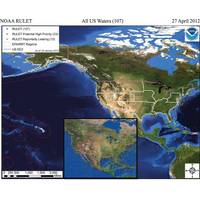
Oil Pollution Risk Assessment
; category or smaller. Funding for any assessment or recovery operations determined to be necessary is dependent on unique circumstances for the wreck. If a wreck still has an identifiable owner, that owner is responsible for the cost of cleanup. If no responsible party exists, the Oil Spill Liability Trust Fund would likely be accessed. Selecting any vessel for proactive response requires further analysis including spill trajectory studies and monitoring or oil removal feasibility studies. While the salvage industry and oil spill response organizations have demonstrated great advancements in
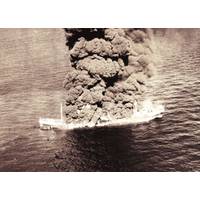
NOAA Report Examines Shipwreck Oil Pollution Threat
for any assessment or recovery operations determined to be necessary is dependent upon the unique circumstances of the wreck. If a wreck still has an identifiable owner, that owner is responsible for the cost of cleanup. Coast Guard officials say that if no responsible party exists, the Oil Spill Liability Trust Fund would likely be accessed. As America’s maritime first responder, the Coast Guard protects those on the sea, protects our nation from threats delivered by sea, and protects the sea itself. By executing our marine environmental protection responsibilities, the Coast Guard reduces
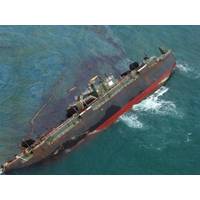
Restoring the GoM Environment Post-2005 Oil Spill
NOAA release a draft damage assessment & restoration plan for damage caused by the Tank Barge DBL 152 oil spill. Public comment invited. The draft plan describes the steps NOAA has taken to see if natural resources, such as marine habitats, were injured by the nearly two million gallon spill, as well as the extent of those injuries. The spill began on November 11, 2005 when the Tank Barge DBL 152 struck submerged remains of a pipeline service platform that collapsed during Hurricane Rita approximately 50 miles southeast of Sabine Pass, Texas. "Sometimes effects of oil

 February 2025
February 2025




